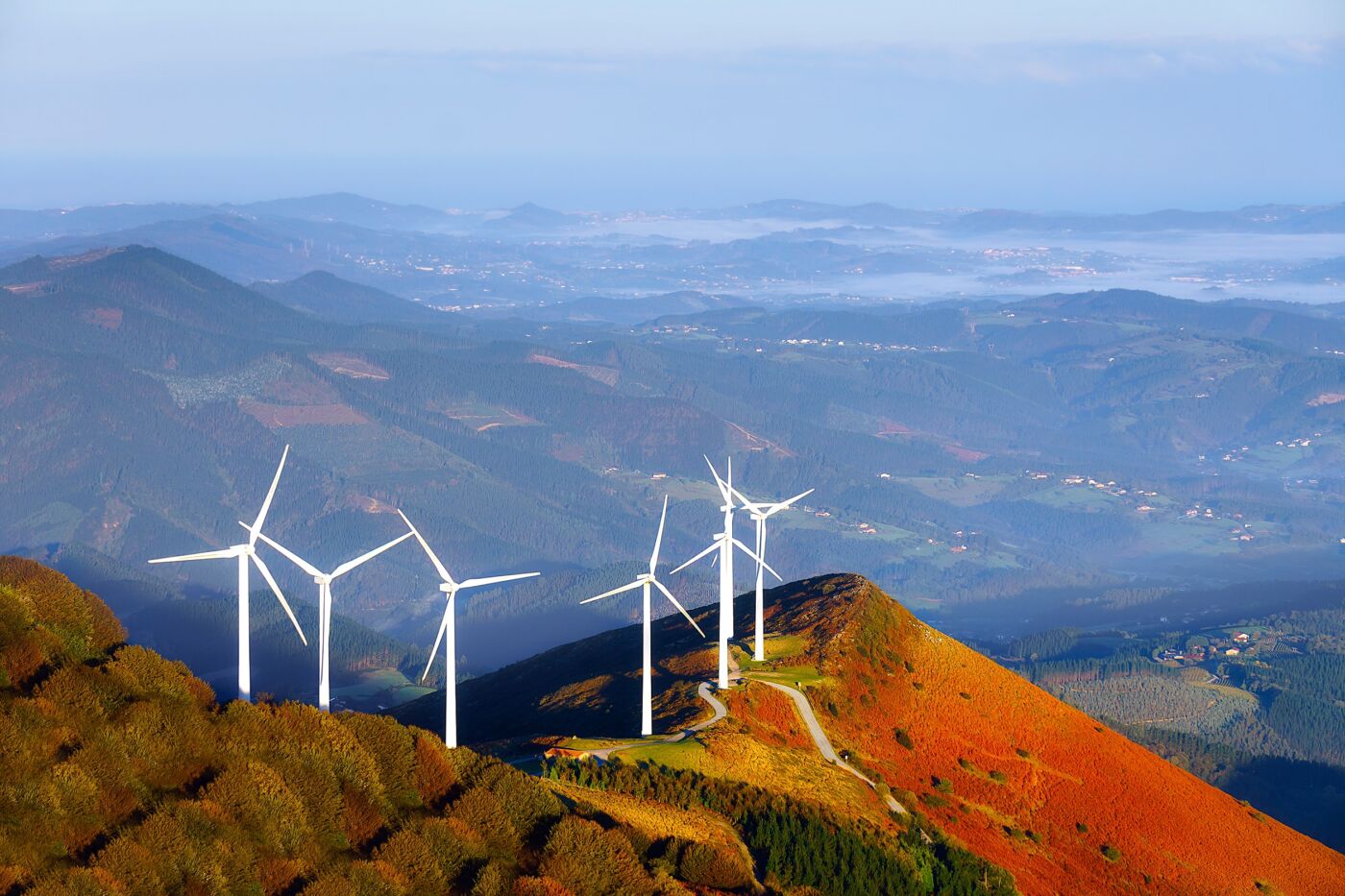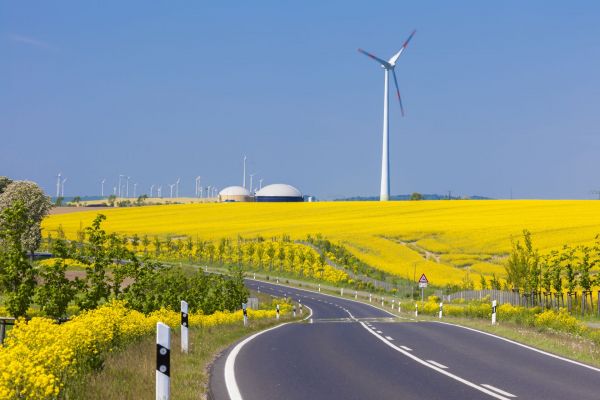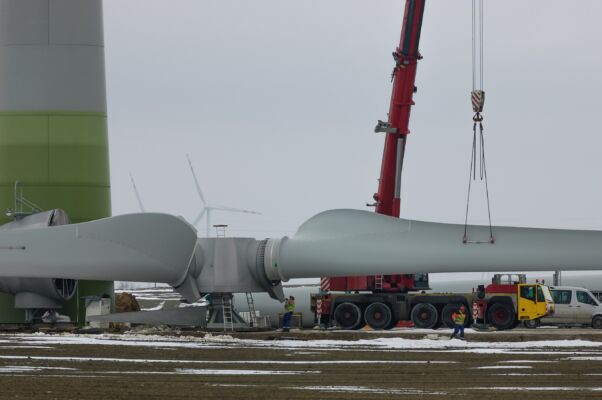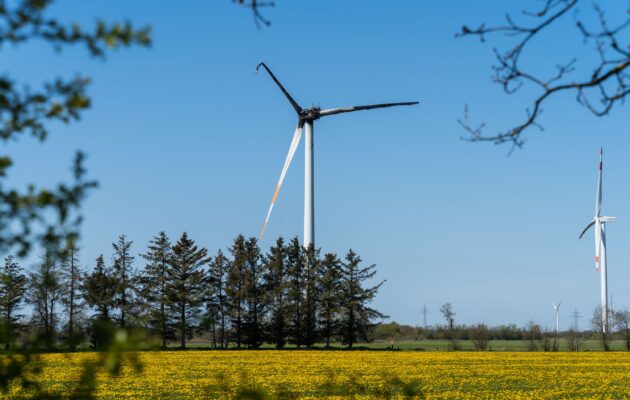The U.S announced new targets to reduce the cost of long-duration energy storage up to 90 percent by the end of the decade. The overriding aim – part under the Energy Earthshot Initiative – is to store clean electricity from wind and solar, thus ensuring its constant availability.
What they say in the U.S.A
“We’re going to bring hundreds of gigawatts of clean energy onto the grid over the next few years, and we need to be able to use that energy wherever and whenever it’s needed,” said Jennifer M. Granholm, U.S Secretary of Energy, during a White House briefing in May 2021. However, the Secretary of Energy doesn’t stand alone in her efforts to clean up the power grid. The President too has outlined plans to a enact clean electricity standard, which encourages utilities to obtain all its electricity from carbon neutral sources by 2035.
1,464 MW of new energy storage capacity became available the U.S in 2020, 179 percent more than in 2019. However, this was mainly in the form of lithium-ion batteries, which can only provide up to 10 hours of discharge.
Source: Wood Mackenzie (2021)
In the United States, energy storage is seen as the main barrier to successfully battle the effects of climate change. The Department of Energy’s “Long Duration Storage Shot” is encouraging the development of potentially game-changing storage systems which can withhold renewable energies for at least ten hours. Electrochemical, mechanical, thermal, and chemical carrier sources are currently being looked at in finer detail than ever before.
Eur-eka!
Similarly, the European Union recognizes the importance of innovative storage solutions to integrate renewables into the grid at the lowest possible cost. The European Commission has also funded an independent study into the security of electrical supply on the continent. Until now, spare electricity harnessed by solar or wind infrastructure has gone unexploited as more power is fed into the grid than is consumed, even to the point of being given away.
Pump up the volume
The most common storage method currently in use – not just in the EU, worldwide – is hydro storage. Pumped storage plants, wherein water is pumped into a reservoir high above ground level when there is an oversupply of wind. When demand increases again, water gushes back down and drives the turbines to restart electricity generation.
A tried and tested method, yes, but energy storage embraces a broad range of technologies and applications, while developments vary widely. Battery storage systems are seen as a key solution to effectively integrate high shares of solar and wind renewables in power systems around the world. Electricity storage technologies can be used for a variety of applications in the power sector, such as e-mobility.
It will certainly be interesting to see how battery storage techniques develop in coming years. As prices fall, projects are popping up all over. Lithium-ion batteries and behind-the-meter (consumer-side) storage solutions appear the most likely candidates to solve the storage conundrum once and for all.



